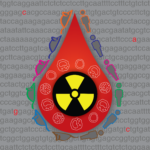Two senior scientists in the Biosciences Area, Jian-Hua Mao and Trent Northen, are newly named Fellows of the American Association for the Advancement of Science (AAAS).
Toward a Genetic Understanding of Variability in Radiation Sensitivity
Injury to immune-system and blood-forming cells is a common side effect of radiation therapy, which more than half of all cancer patients receive as part of their treatment. Biosciences Area researchers and their collaborators used a genetically diverse mouse population to model individual differences in sensitivity to radiation exposure.
Genetic Background Influences Cancer Risk of Thirdhand Smoke Exposure
A new study investigating the effect of thirdhand smoke (THS) in a mouse model system specially designed to mimic the genetic diversity of human populations has shed new light on how genetic predispositions contribute to an individual’s cancer risk. This work is an instrumental step towards building a more realistic understanding of how tobacco smoke residue could impact cancer risk in people.
Machine Learning Helps Link Chemical Exposure and Obesity
Scientists at Berkeley Lab and their collaborators developed a machine learning technique to discover obesity-related mixed chemical exposure patterns associated with environmental health risk in the general U.S. population. To assess this, they used indicators like body mass index and waist circumference.
Thirdhand Smoke Harms the Body More Than We Ever Realized
A new study found that concentrations of toxic chemicals lingering indoors where cigarettes have been smoked can exceed risk guidelines from the State of California. This means that non-smokers can be exposed to health risks by living in contaminated spaces.
- 1
- 2
- 3
- …
- 5
- Next Page »
Was this page useful?








